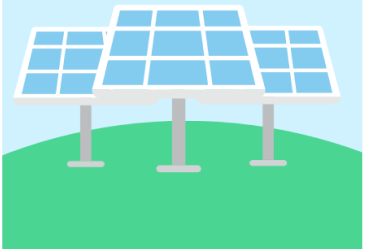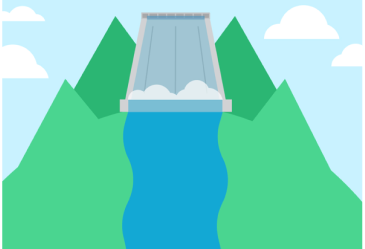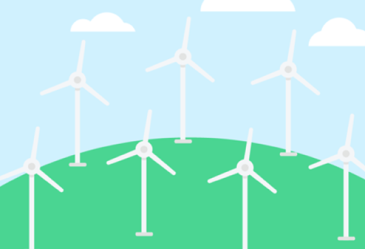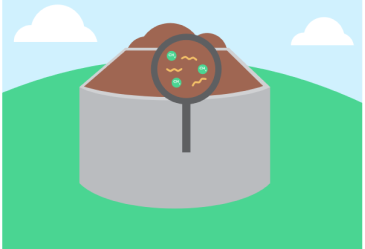-
Geothermal energy is a reliable form of renewable energy that doesn’t depend on weather conditions..





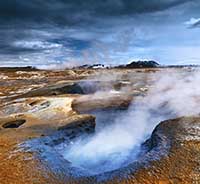


Is geothermal energy renewable?
Yes. Due to the constant pressure and the natural decay of radioactive particles that are happening to the rock underneath the Earth’s surface, our planet is constantly producing geothermal energy in the form of heat. Long story short — as long as there’s a planet Earth, there will be geothermal energy. That makes geothermal energy 100% renewable.
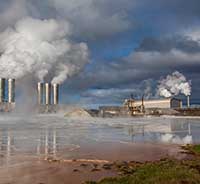


Where we use geothermal energy:
Because geothermal energy is located beneath the Earth’s surface, we build geothermal energy plants in locations where the surface layer is thinnest. In the United States, the majority of our geothermal energy is sourced in states like Hawaii and California, which are full of naturally occurring geothermal vents such as geysers, hot springs and volcanoes.
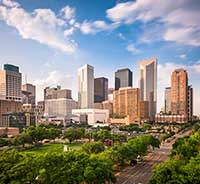


How we use geothermal energy:
Today, the U.S. Department of Energy is funding research and development of applications beyond electricity, such as natural heating and cooling for buildings. These applications will help us expand the reach of geothermal energy in the U.S., empowering us to move further away from more polluting energy sources like fossil fuels.
How geothermal energy works:
If you could crack the Earth in half and take a look at its inside, you’d find layers of rock, magma and metals that look a bit like layers of an onion. As these substances continue to interact with each other and naturally decay, they produce incredible amounts of heat. That’s why we call it geothermal energy: Geothermal is Greek for “heat from the Earth.”
The pros of geothermal energy:
-
Estados Unidos está al frente en la generación de energía geotérmica, ya que cuenta con plantas de energía geotérmica en siete estados y una capacidad de más de 3.6 gigavatios.*
-
La energía geotérmica puede usarse para mucho más que generar electricidad; algunas de sus aplicaciones incluyen calefacción de uso directo para edificios, regular la temperatura del agua en granjas de peces y pasteurizar leche.
-
La energía geotérmica es un mercado en crecimiento, con nuevas investigaciones que nos están permitiendo ser mejores al momento de aprovechar su poder.
We make it simple to choose 100% clean electricity made from renewable sources like wind energy. Let’s build a cleaner, greener tomorrow together.
*U.S. Department of Energy
This page is for general educational purposes only.
Our customers have avoided
pounds of CO2
That’s like planting
new trees.















